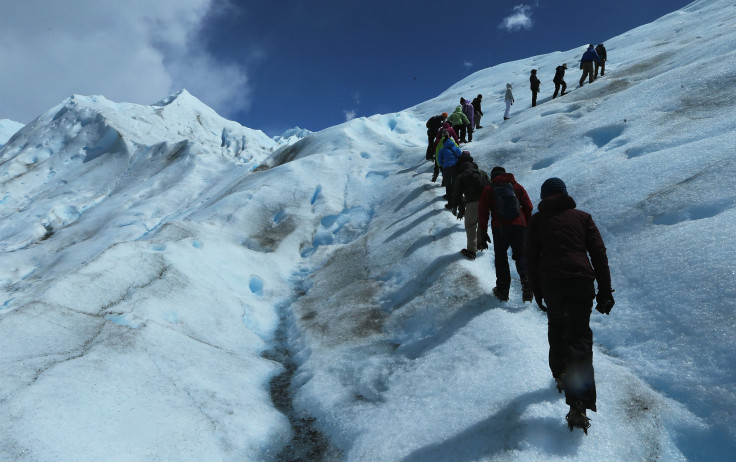Climate Change: Humans May Have Delayed The Next Ice Age, New Study Suggests

Recent research has indicated that humanity’s impact on Earth is now significant enough to categorize the epoch we now live in as “Anthropocene,” or the age of humans. Now, in further evidence that human activities are leaving an indelible footprint on the planet, a new study published in the journal Nature posits that anthropogenic climate change may just have delayed the next glacial period — commonly known as an “ice age” — by at least 50,000 years.
“Even without man-made climate change we would expect the beginning of a new ice age no earlier than in 50,000 years from now — which makes the Holocene as the present geological epoch an unusually long period in between ice ages,” lead author Andrey Ganopolski from the Potsdam Institute for Climate Impact Research (PIK) in Germany said, in a statement released Wednesday. “However, our study also shows that relatively moderate additional anthropogenic CO2 emissions from burning oil, coal and gas are already sufficient to postpone the next ice age for another 50,000 years.”
Ice ages refer to periods of extreme cooling of the climate, wherein ice sheets and other types of glaciers expand to cover large swathes of land. The Earth has passed through several ice ages in the 2.6 million-year history of the Quaternary Period, with the most recent one peaking about 21,000 years ago and ending approximately 12,000 years ago.
The latest study examined the eight global ice ages over the past 800,000 years and used complex climate models to determine the critical factors that kick-started these glacial events. The researchers then identified two factors that influence the onset of an ice age — the Milankovitch cycles, which refer to long-term variations in the shape of Earth’s orbit around the Sun and changes in the planet’s axial tilts over thousands of years, and the amount of carbon dioxide in the atmosphere.
While the cyclical changes in orbit, which decide the amount of sunlight hitting the planet’s surface, are not impacted by human activities and are very predictable, the amount of carbon dioxide and other greenhouse gases in the atmosphere have drastically increased due to human activities — from 280 parts per million at the start of the industrial revolution to 400 ppm today.
The researchers showed that even if greenhouse gas emissions were limited to the amount consistent with a 2 degrees Celsius (3.6 degrees Fahrenheit) rise in temperatures — the internationally accepted red line — there would be enough carbon dioxide in the atmosphere to postpone the next ice age that, in a human-free planet, would have started 50,000 years from now.
“Like no other force on the planet, ice ages have shaped the global environment and thereby determined the development of human civilization. … Today it is humankind with its emissions from burning fossil fuels that determines the future development of the planet,” co-author and PIK Founding Director Hans Joachim Schellnhuber said, in the statement. “This illustrates very clearly that we have long entered a new era, and that in the Anthropocene humanity itself has become a geological force.
© Copyright IBTimes 2024. All rights reserved.












